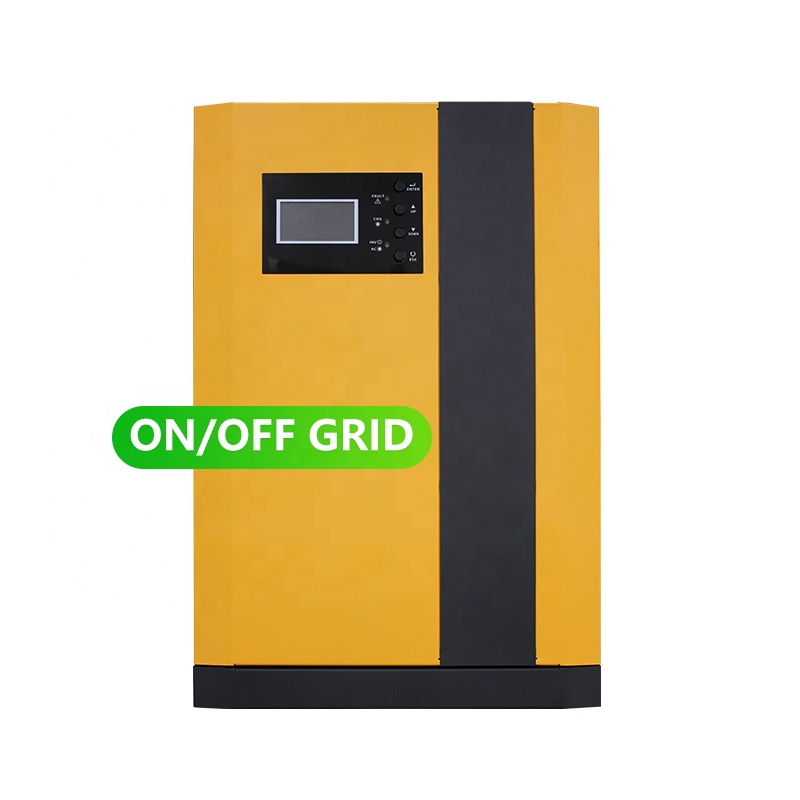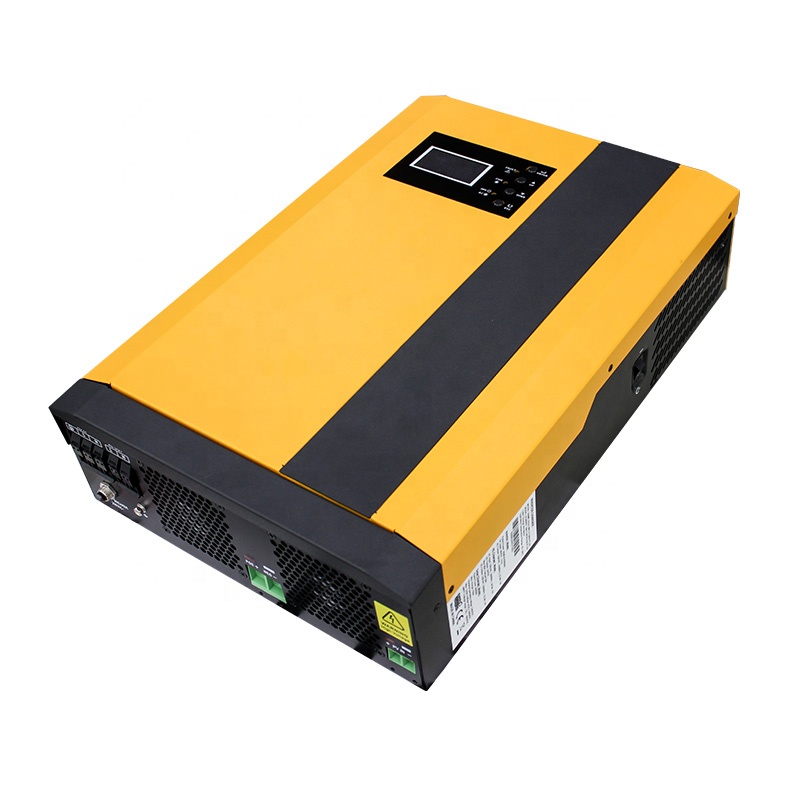Infineon has introduced a complete 77/79 GHz radar chipset designed to accelerate the development of advanced radar systems for autonomous vehicles. This cutting-edge solution includes a 77/79 GHz monolithic microwave integrated circuit (MMIC), a high-performance multicore microcontroller with a dedicated sensor processing unit, and a secure power chip. The chipset is tailored for early adopters and offers a scalable platform that supports future advancements in automotive radar technology.
Ritesh Tyagi, head of Infineon's Silicon Valley Automotive Innovation Center (SVIC), noted that the pace of innovation in the automotive industry has never been faster, with companies from Silicon Valley leading the charge in shaping the next wave of automotive technology. He emphasized how Infineon is playing a key role in this transformation.
One of the standout features of the radar chipset is the RF radar single-chip transceiver, which replaces three traditional components: the RF transmitter, RF receiver, and phase-locked loop (PLL) devices. This integration not only simplifies design but also enhances performance and reliability.
Combined with Infineon’s second-generation AURIX radar-specific microcontrollers and fail-safe power supplies, the chipset provides a robust and scalable solution. All components are fully compliant with ISO26262 standards, ensuring safety and quality for automotive applications.
To support both established automotive system suppliers and emerging innovators, Infineon will launch a radar module kit in Q1 2018. This kit will include the RF radar single-chip transceiver, AURIX microcontroller, and a safety power supply, along with an integrated software package that leverages the dedicated signal processing hardware in the chipset. It will serve as an evaluation platform for developers working on next-generation radar sensors.
Beyond radar chips, Infineon is also expanding its sensor portfolio for semi-automated and fully automated vehicles. The company is offering two additional core sensors: a camera based on time-of-flight (ToF) 3D image sensor technology and a LiDAR chip.
The Real3 family of 3D ToF image sensors is a key part of Infineon’s strategy. Developed in collaboration with PMD Technologies, these sensors integrate high-performance ToF pixel matrices with Infineon’s proven CMOS process. They provide full 3D environmental data and can be used for driver monitoring applications such as detecting distraction, drowsiness, or facial expressions.
In terms of LiDAR, Infineon acquired Innoluce in 2016, a Dutch company specializing in solid-state laser scanning modules using resonant MEMS mirrors. This technology enables more compact and reliable LiDAR systems without the need for large mechanical components. Innoluce’s 1D MEMS mirror-based approach offers advantages over traditional 2D systems, including higher resolution, better temperature stability, and lower cost.
Infineon aims to bring LiDAR technology to mass-market vehicles by significantly reducing costs while maintaining high performance. With its comprehensive suite of radar, LiDAR, and 3D imaging solutions, Infineon is positioning itself as a key player in the future of autonomous driving.
3.5KW-5.5KW MPPT High Frequency Inverter
3.5KW-5.5KW High Frequency Inverter(MPPT)


3.5KW-5.5KW MPPT High Frequency Inverter,Energy Storage System Solar Inverter,Home Off Grid Solar Inverter
suzhou whaylan new energy technology co., ltd , https://www.xinlingvideo.com